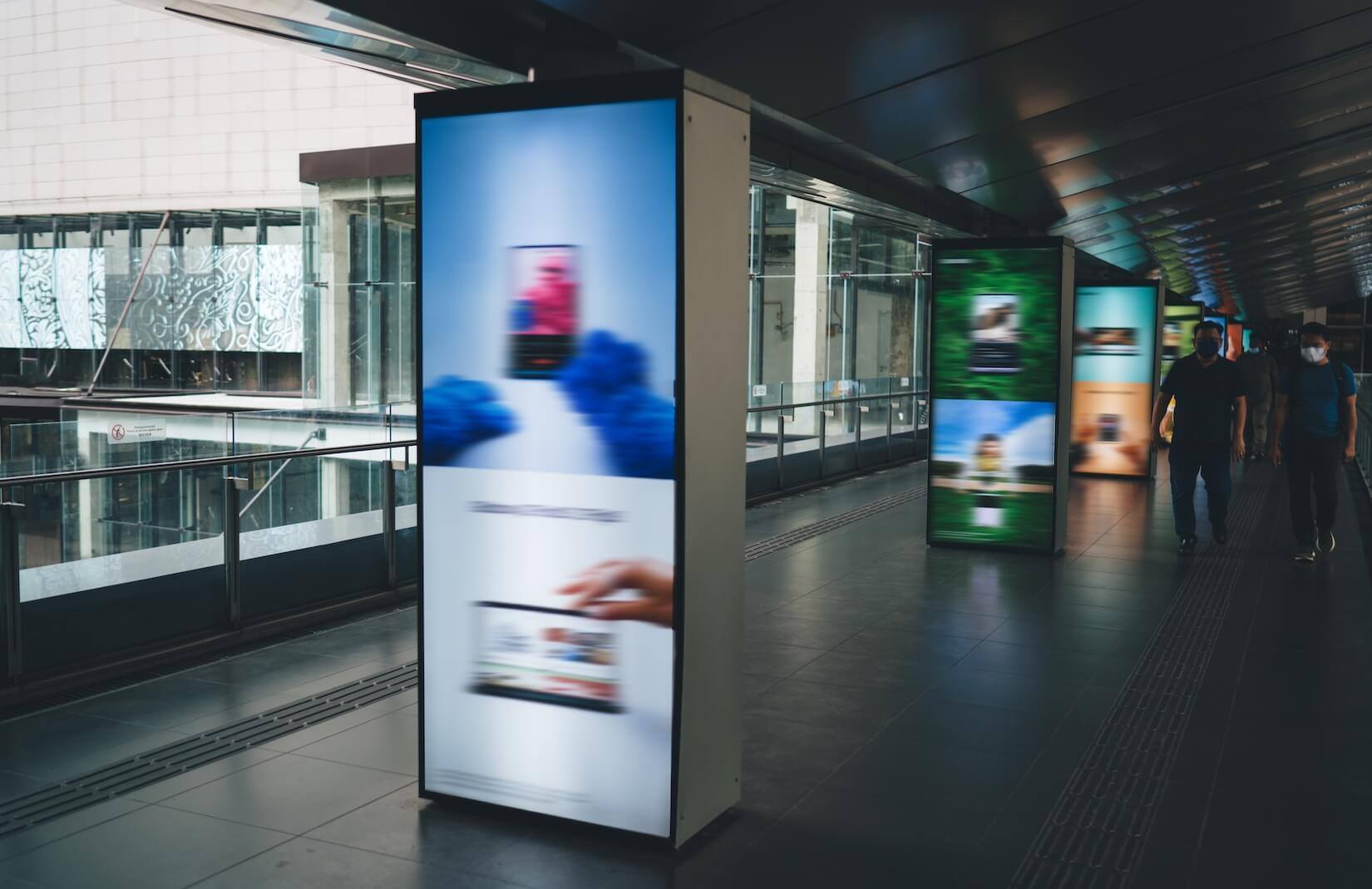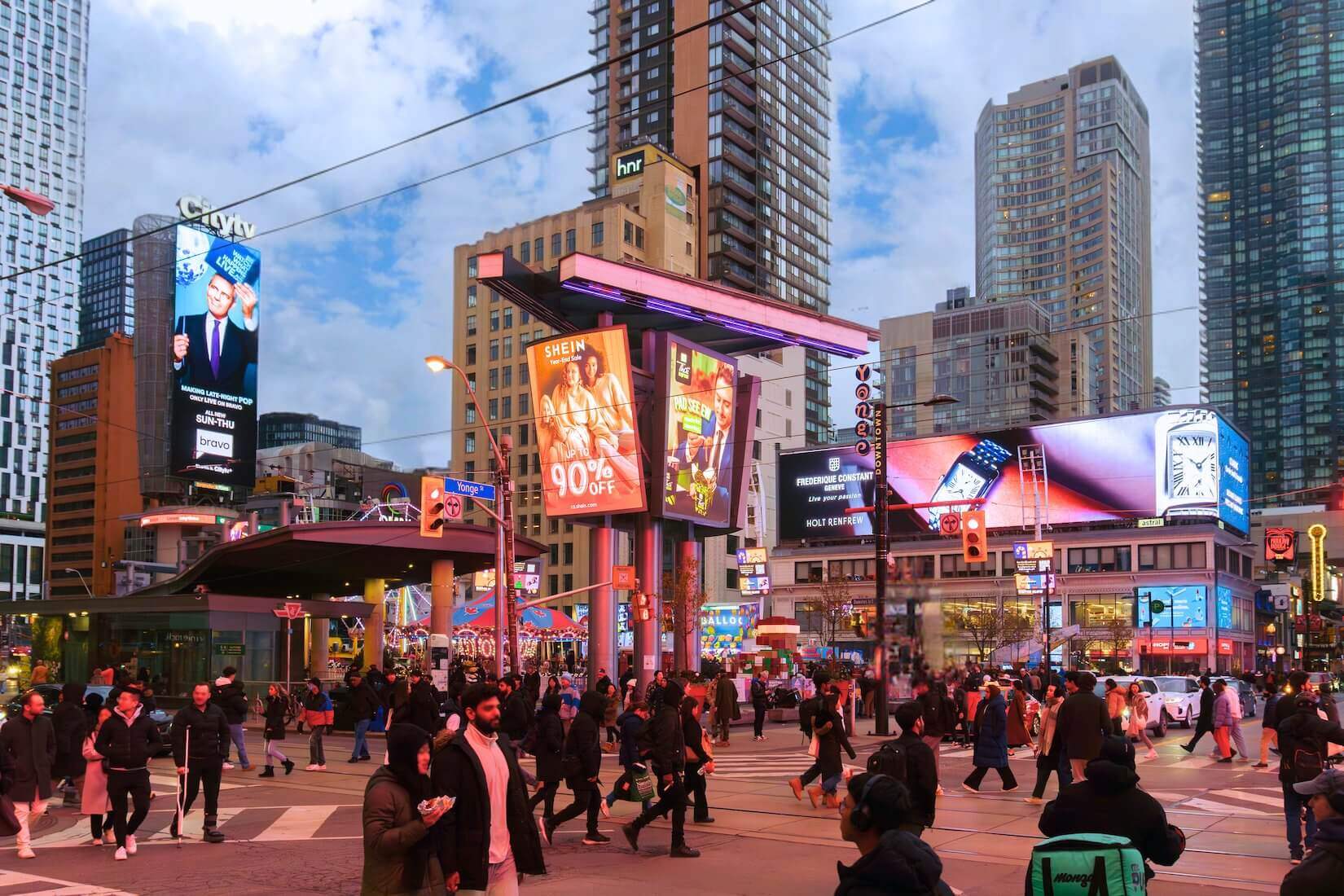
Few companies reign supreme in the tech world quite like Google. In 2016, Alphabet Inc. (Google’s parent company) reported more than $90 billion in revenue, up 20% from 2015. Even more impressive is that $79.4 billion of their revenue came from advertising. However, while the number of ads sold by Google has steadily increased, cost per click is dwindling. If this trend continues and CPC stagnates, Google could be in trouble. One solution is investment in smart cities.
The rise of smart cities is inevitable, but how we get there will be determined by a number of factors. In order for smart cities to take root, they will require significant tech upgrades to existing infrastructure. From autonomous vehicles to wireless power, massive data streaming will be necessary for this technology to not only be functional but sustainable. Some of this may sound unnecessary or unattainable.
You may be asking, why do we need high tech transportation or interactive maps in public spaces? How will we fund the implementation and maintenance of such large scale projects? But research shows that the benefits — in energy use, public safety and quality of life — will far outweigh those upfront investments. Private and public partnerships are emerging as a way to tackle some of the cost and logistical challenges of implementing these initiatives.
For example, Sidewalk Labs (an urban innovation organization) partnered with LinkNYC, the City of New York, and CityBridge - as well as additional investors, including Google - to offer free public WiFi across the city.
And here’s where advertising comes into play. In addition to offering the free services for citizens, the LinkNYC kiosks also offered a built-in monetization solution, through running advertising on the screens.
Out-of-home ads are intrinsically tied to the movement pattern of people as they move through everyday life. As a result, the more smart cities grow, the more OOH will grow. In fact, according to a recent PwC report, revenue from OOH advertising is anticipated to reach $42.7 billion by 2020. All things considered, it becomes clear that long term smart city funding can be generated from the projects themselves, facilitated by OOH advertising.
If you’re interested in reading more of my thoughts on connected cities, view the original article on Smart Cities Dive.


